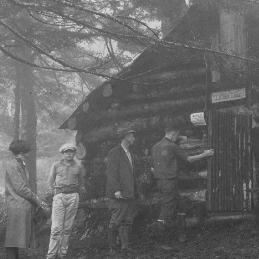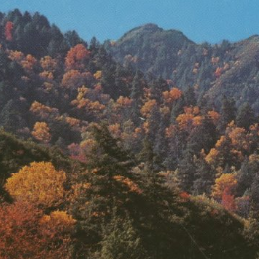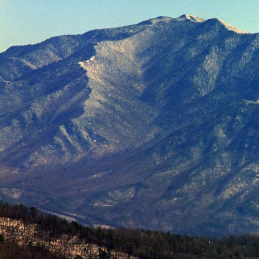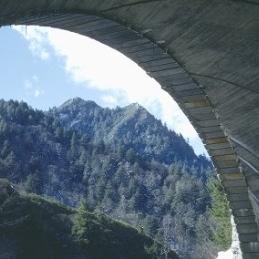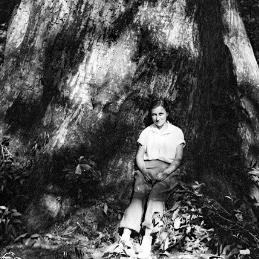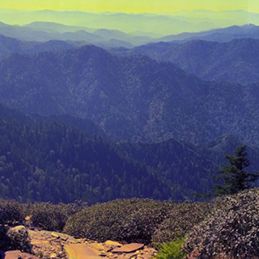Browse
"Wilderness Act: Great Smoky Plan Debated." Science 153, no. 3731 (1966): 39-42.
"Wild Pig Populations in the National Parks." Environmental Management 5, no. 3 (1981): 263-270.
"The Wild East: A Biography of the Great Smoky Mountains by Margaret Lynn Brown." Environmental History 6, no. 3 (2001): 490-492.
"The Wild East: A Biography of the Great Smoky Mountains." Journal of American History 88, no. 2 (2001): 676-677.
"Wild Boar of the Appalachians." Natural History 78, no. October (1969): 46-47.
"Widespread Reductions in Haze across the United States from the Early 1990s through 2011." Atmospheric Environment 94 (2014): 671-679.
"Widespread Rapid Reductions in Body Size of Adult Salamanders in Response to Climate Change." Global Change Biology 20, no. 6 (2014): 1751-1759.
"Why do they come? Understanding Attendance at Ranger-led Programs in Great Smoky Mountains National Park." Journal of Interpretation Research 16, no. 2 (2011): 35.
""A Whole Torrent of Mean and Malevolent Abuse": Party Politics and the Clingman-Mitchell Controversy: Part II ." The North Carolina Historical Review 70, no. 4 (1993): 401-429.
""A Whole Torrent of Mean and Malevolent Abuse": Party Politics and the Clingman-Mitchell Controversy, Part I." The North Carolina Historical Review 70, no. 3 (1993): 241-265.
"White-Winged Crossbills in Great Smoky Mountains National Park." The Migrant 34, no. 4 (1963): 90-91.
"White-nose syndrome fungus, Pseudogymnoascus destructans, on bats captured emerging from caves during winter in the southeastern United States." BMC Zoology 2, no. 1 (2017): 11.
"White Caps of Sevier County: Economic and Cultural Perspectives." Tennessee Anthropologist 11, no. 2 (1986): 156-172.
"Where the Drama Really Began." The Tennessee Conservationist 45, no. 5 (1979): 10-12.
"Where is That Worm?" ATBI Quarterly 1, no. 1 (2000): 6.
"Where Am I? Some Observations on Smoky Mountain Place Names." The Colloquy 12, no. 1 (2011): 1-3.
"What Difference Does It Make? Assessing Outcomes from Participation in a Residential Environmental Education Program." Journal of Environmental Education 39, no. 4 (2008): 31-43.
"What Difference Does It Make? Assessing Outcomes From Participation in a Residential Environmental Education Program." Journal of Environmental Education 39, no. 4 (2008): 31-43.
"Wet Wall Algal Community Response to In-Field Nutrient Manipulation in the Great Smoky Mountains National Park, U.S.A." Algological Studies 125, no. 1 (2007): 17-43.
"Western North Carolina: Cultural Hearth of Bluegrass Music." Journal of Cultural Geography 16, no. fall-winter (1996): 65-87.
"Western North Carolina." Appletons' Journal 5, no. 112 (1871): 587-588.
"A Week in the Great Smokies." Audubon Bulletin (1945): 9-13.
"Weathering of Sulfidic Shale and Copper Mine Waste: Secondary Minerals and Metal Cycling in Great Smoky Mountains National Park, Tennessee, and North Carolina, USA." Environmental Geology 45, no. 1 (2003): 35-57.
"Water Quality of Streams in the Great Smoky Mountains National Park." Hydrobiologia 89, no. 2 (1982): 97-115.
"Wallows of the European Wild Hog in the Mountains of East Tennessee." Journal of the Tennessee Academy of Science 51, no. 3 (1976): 91-93.




